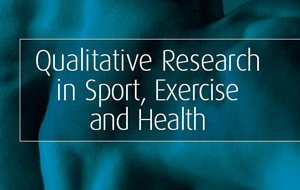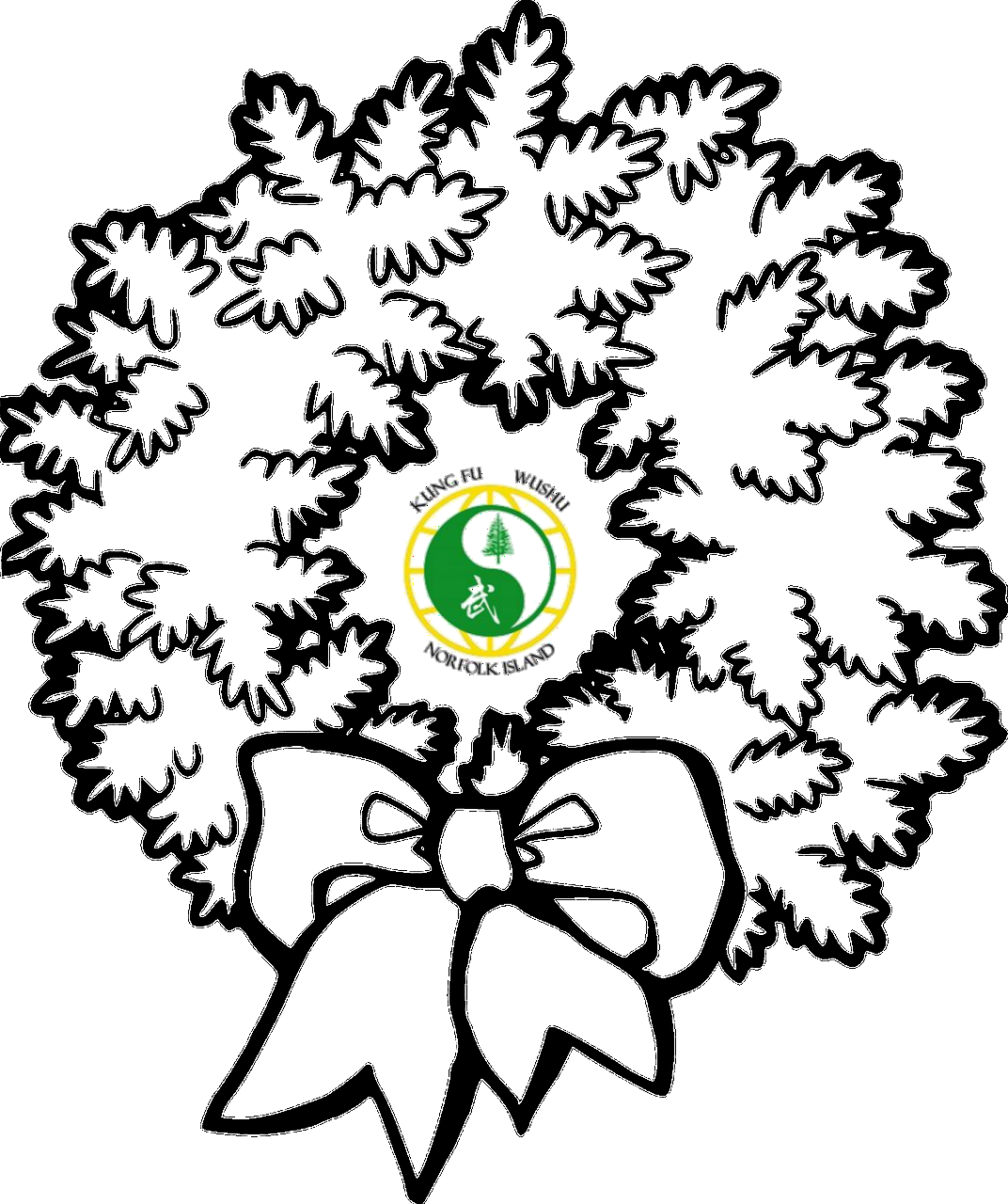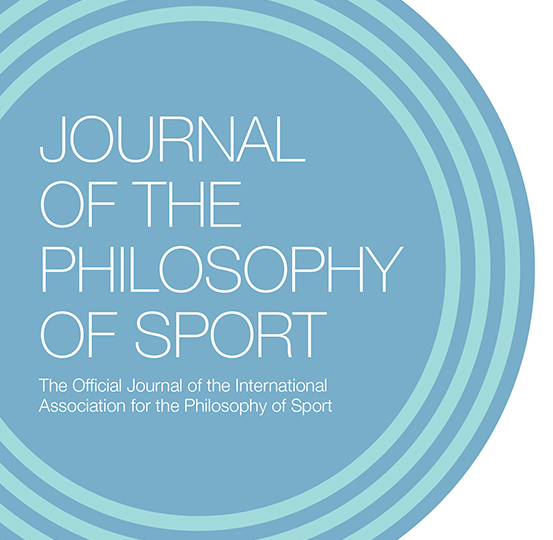admin
Comments are off
Fan Feng, M.D., Ph.D.,1 Sylvie Tuchman, B.A.,2 John W. Denninger, M.D., Ph.D.,1 Gregory L. Fricchione, M.D.,1 and Albert Yeung, M.D., Sc.D.1,2,⁎ The American Journal of Geriatric Psychiatry (May 2020) Abstract The elderly are at high risk of contracting respiratory infectious diseases, including COVID-19 infection. The recent pandemic has the potential to cause significant physical and mental damage in older adults. Similarly to other mind-body exercises in Traditional Chinese medicine, Qigong features regulation of breath rhythm and pattern, body movement and posture, and meditation. Given these traits, Qigong has the potential to play a role in the prevention, treatment, and rehabilitation of
admin
Comments are off
by Steven Geisz Sport, Ethics and Philosophy (April 2020) Abstract Qigong practices are contemplative body practices and meditation techniques that emerge from Chinese philosophical, medical, and martial traditions. This paper argues that Qigong is a kind of embodied philosophical activity that is analogous to the ‘slow philosophy’ called for by Michelle Boulous Walker. Four features of Walker’s slow philosophy are highlighted: (i) careful slowness, (ii) repetition, (iii) openness to the transformation of one’s propositional attitudes and one’s virtues, and (iv) a blurring of boundaries between philosophy and non-philosophy. A particular Qigong practice is then examined as a case
admin
Comments are off
by Roderik J.S. Gerritsen, Joelle Lafeber, Naomi van den Beukel & Guido P.H. Band Aging, Neuropsychology, and Cognition A Journal on Normal and Dysfunctional Development (August 2020) Abstract Tai Chi Chuan (TCC) is a promising intervention against age-related decline. Though previous studies have shown benefits in motoric and cognitive domains, it is unclear how these effects are functionally related. Therefore, a randomized controlled trial was conducted in an ageing population (53–85). Two measures of motor functioning – motor speed and functional balance – and three cognitive control measures – shifting, updating and inhibition – were included. The TCC condition consisted of an online 10 week
admin
Comments are off
by Sara Kim Hjortborg and Susanne Ravn Qualitative Research in Sport, Exercise and Health (September 2019) Abstract Tai Chi (Taijiquan, T’ai Chi Ch’uan) is a martial arts form which aims at developing conscious awareness through the physical medium in specialised movement practices. In this article, we investigate how bodily attention is practised and might possibly affect the way the body is present to the bodily awareness of Tai Chi practitioners. The article draws on phenomenological clarifications of attention and awareness in an analysis of ethnographic fieldwork carried out during 10 months in two different Tai Chi practices, a) a modern sporting
admin
Comments are off
by Paul B. Foster Chinese Literature Today, 8:2, 68-76, Abstract This article is a general introduction to the cultural impact of Jin Yong’s works beyond original serialization as they contribute to the construction of the “kungfu industrial complex”—a complicated, multi-dimensional cultural/business matrix related to the production and consumption of Jin Yong’s (and other martial arts writers’) works and legacy. Three selected overlapping areas of impact of Jin Yong’s novels introduced in this article include: kungfu cultural literacy; rhetorical kungfu; and kungfu star power. Kungfu cultural literacy presents a broad look at the cultural content of Jin Yong’s works. Examples highlight
admin
Comments are off
Kung Fu Wushu Norfolk Island was one of 15 associations created for the Oceania Kung Fu Wushu Federation.
admin
Comments are off
by Peter Payne(1) and Mardi A. Crane-Godreau(1,2,*) Frontiers in Psychiatry (July 2013) Abstract This review focuses on Meditative Movement (MM) and its effects on anxiety, depression, and other affective states. MM is a term identifying forms of exercise that use movement in conjunction with meditative attention to body sensations, including proprioception, interoception, and kinesthesis. MM includes the traditional Chinese methods of Qigong (Chi Kung) and Taijiquan (Tai Chi), some forms of Yoga, and other Asian practices, as well as Western Somatic practices; however this review focuses primarily on Qigong and Taijiquan. We clarify the differences between MM and conventional exercise, present descriptions
admin
Comments are off
by Roger Jahnke, OMD, Linda Larkey, PhD, Carol Rogers, Jennifer Etnier, PhD, and Fang Lin American Journal of Health Promotion (July – August 2010) Abstract Objective Research examining psychological and physiological benefits of Qigong and Tai Chi is growing rapidly. The many practices described as Qigong or Tai Chi have similar theoretical roots, proposed mechanisms of action and expected benefits. Research trials and reviews, however, treat them as separate targets of examination. This review examines the evidence for achieving outcomes from randomized controlled trials (RCTs) of both. Data Sources The key words tai chi, taiji, and qigong were entered into electronic search engines for the
admin
Comments are off
by Guo-Bin Dai & An Lu Journal of the Philosophy of Sport (published online 06 August 2019) Abstract Wushu is widely misunderstood and its essentially combative nature is being challenged in public discussion. Understanding and recovering its essential nature has become a core issue. This paper first conducts a review of the history of the Chinese hieroglyphic 武 (Wu) which is the core of the phrase of Wushu, and explores the word’s two most widely-accepted interpretations: ‘to carry a dagger-axe to fight with’ and ‘to put away the dagger-axe and stop fighting’. Understanding these two interpretations of Wu is the key
admin
Comments are off
by Gehao Zhang (Doctoral Thesis) Abstract This thesis takes the primary contemporary icons of Chinese tradition –the popular practice of Tai Chi‐and subjects its career in both China and the West, to a series of critical interrogations focusing on three main moments; the invention and (re)imagination of tradition, the practice’s migration from China to the West, and its translation by its English practitioners. During the Imperial period, when Tai Chi was defined primarily as a martial art, it was the focus of a sustained struggle between its official deployment as part of the military machine and its practice by clandestine









